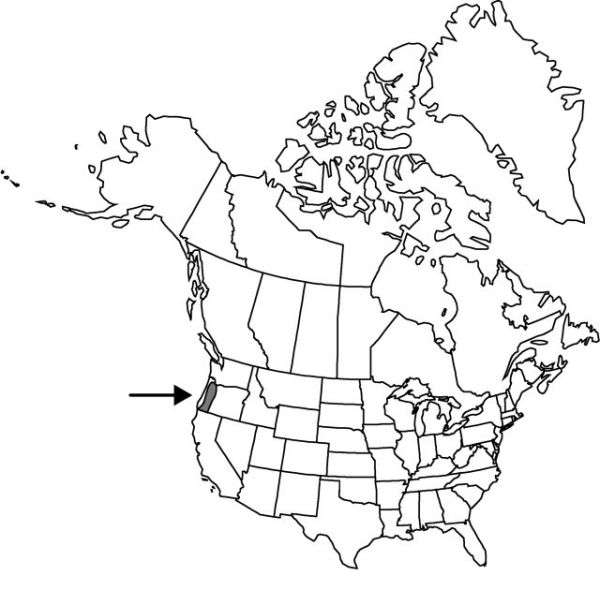Difference between revisions of "Brodiaea elegans subsp. hooveri"
Univ. Calif. Publ. Bot. 60: 48, fig. 12a–d. 1971.
FNA>Volume Importer |
FNA>Volume Importer |
||
| Line 47: | Line 47: | ||
|publication year=1971 | |publication year=1971 | ||
|special status= | |special status= | ||
| − | |source xml=https://jpend@bitbucket.org/aafc-mbb/fna-data-curation.git/src/ | + | |source xml=https://jpend@bitbucket.org/aafc-mbb/fna-data-curation.git/src/f6b125a955440c0872999024f038d74684f65921/coarse_grained_fna_xml/V26/V26_651.xml |
|genus=Brodiaea | |genus=Brodiaea | ||
|species=Brodiaea elegans | |species=Brodiaea elegans | ||
Revision as of 20:33, 24 September 2019
Flowers: perianth tube 13–17 mm, lobes 22–30 mm; anthers 6–8 mm; staminodia slightly recurved distally, margins 1/4 involute; ovary 9–11 mm; style 12–15 mm. 2n = 40.
Phenology: Flowering spring.
Habitat: Grasslands
Elevation: 0–100 m
Discussion
Subspecies hooveri occurs primarily in the Willamette Valley of Oregon. Documentation of occurrence in northern California is lacking.
Selected References
None.
Lower Taxa
None.
